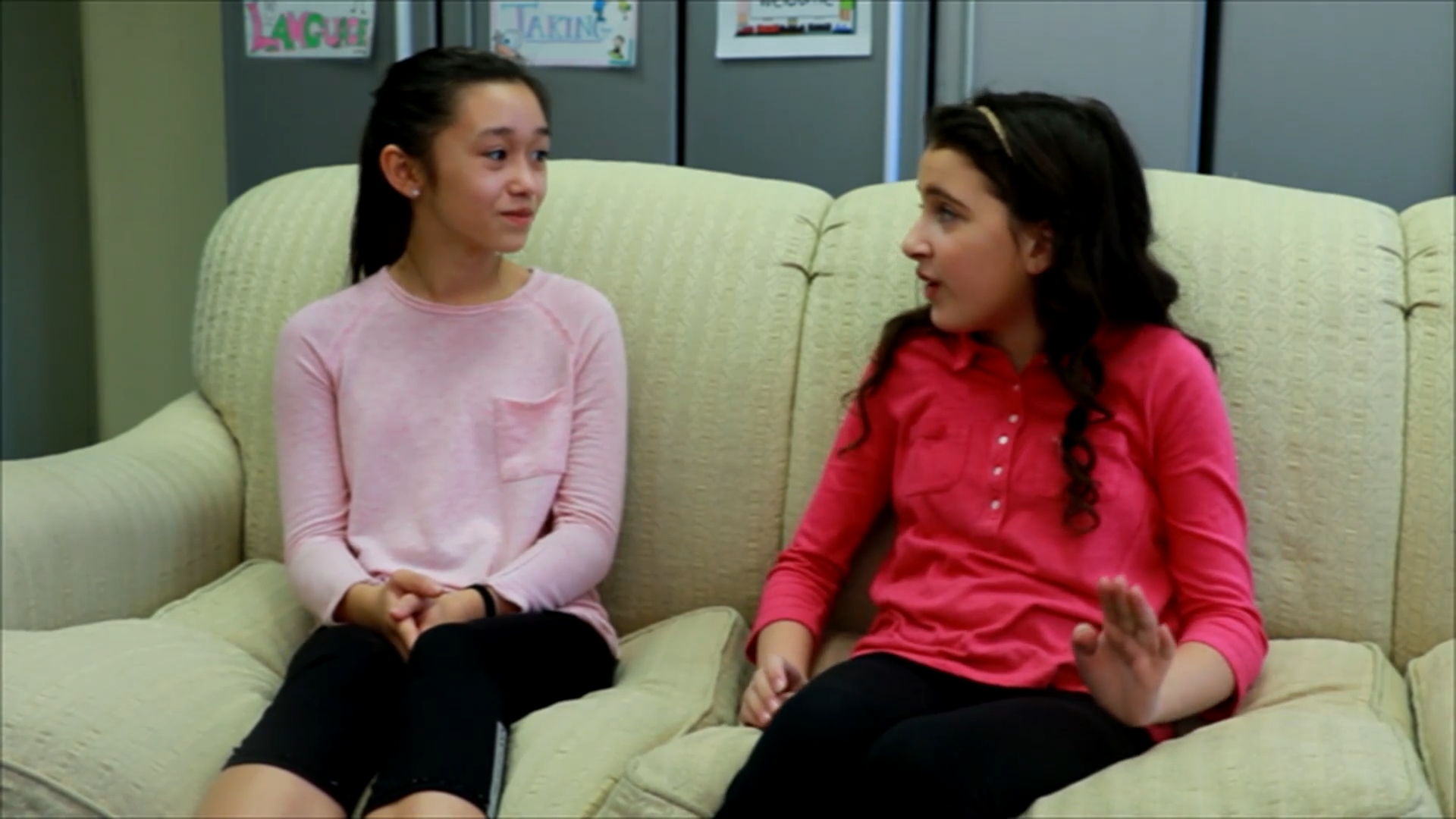
Introduction
Storytelling is an essential skill for students to develop in their journey towards effective social-emotional learning. It helps them express their thoughts, feelings, and experiences in a clear and concise manner, fostering better communication and understanding. In this blog post, we will discuss a no-prep activity that educators can use to teach storytelling skills to special education students. We will also provide discussion questions, mention related skills, and encourage you to explore more resources for teaching social-emotional learning.
No-Prep Activity: Storytelling Circle
This activity requires no preparation or materials from the educator and can be easily adapted for students with different abilities. Here’s how to conduct the Storytelling Circle:
- Have the students sit in a circle, either on the floor or in chairs.
- Choose a topic or theme for the storytelling session. For example, you could ask students to share a memorable weekend experience or a favorite family tradition.
- Ask one student to start by telling a story related to the chosen topic. Encourage them to use three to four sentences to describe their experience, including where they went, what they did, and who they were with.
- Once the first student has finished their story, ask the next student in the circle to share their story, following the same guidelines.
- Continue around the circle until all students have had a chance to share their stories.
This activity helps students practice concise storytelling, improve their listening skills, and foster a sense of community within the classroom.
Discussion Questions
After completing the Storytelling Circle activity, use these discussion questions to stimulate further conversations and deepen students’ understanding of storytelling and social-emotional learning:
- What was your favorite story shared by a classmate, and why did you like it?
- How can storytelling help us connect with others and build friendships?
- How can practicing storytelling help improve our communication skills?
- Why is it important to include details like where we went, what we did, and who we were with in our stories?
- What other situations might require us to use storytelling skills?
Related Skills
Storytelling is just one of many skills that contribute to a student’s social-emotional development. Here are some other relevant skills that educators may want to explore:
- Active listening: Encouraging students to pay attention and engage with the speaker, showing empathy and understanding.
- Non-verbal communication: Teaching students to recognize and interpret body language, facial expressions, and gestures in social interactions.
- Emotion regulation: Helping students manage and express their emotions in a healthy and appropriate manner.
- Conflict resolution: Guiding students in developing strategies to resolve disagreements and maintain positive relationships.
Next Steps
Teaching storytelling skills is a valuable investment in your students’ social-emotional growth. We encourage you to explore more resources and activities to support your students’ development in this area. To get started, sign up for free samples of social-emotional learning materials and discover more engaging activities to use in your classroom.





